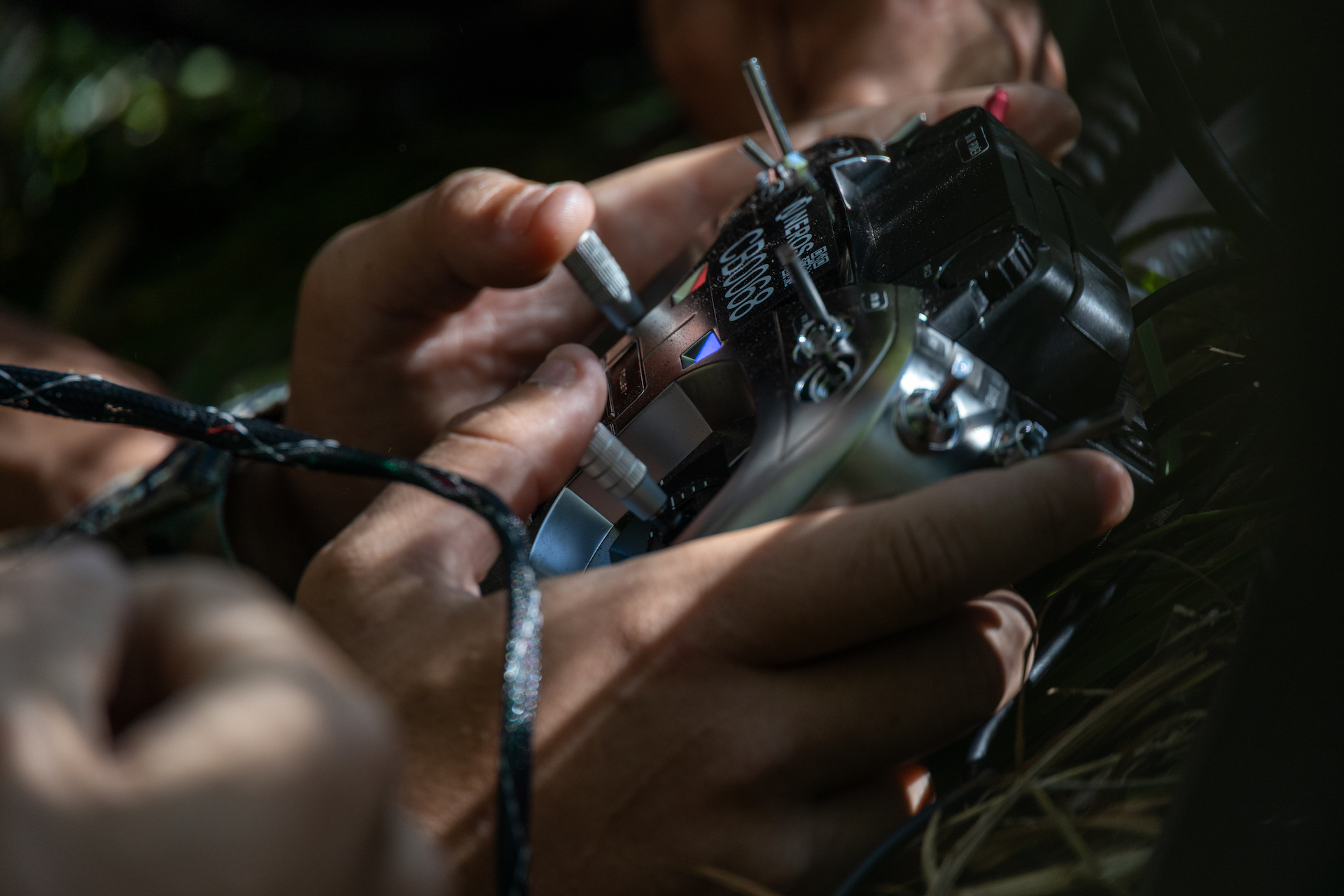Leadership Change at the Office of Naval Research: A Catalyst for Reform?
Introducing Rachel Riley
Rachel Riley has recently taken on the role of head of the Office of Naval Research (ONR). Her appointment comes with significant expectations and scrutiny from military and defense experts. At just 33 years old, Riley, a Rhodes Scholar and former McKinsey consultant, is viewed by many as a potential agent for transformative reform within the Navy’s leading research and development institution.
Background and Experience
Riley stepped into the acting chief position after nine months with the Department of Health and Human Services (HHS). During her tenure at HHS, she was involved in initiatives mandated by the White House to streamline personnel, aiming to downsize the staff significantly. While some officials criticized her approach, stating that “no one wanted to work with her anymore,” others acknowledged her capability to effectuate rapid departmental reorganization and provide incisive problem-solving analysis.
Her experience at McKinsey, where she worked for eight years and ascended to the role of partner, involved addressing governmental bureaucracies that hindered technological advancement. Her academic achievements—a Master’s degree in contemporary Chinese studies and a doctorate in social policy from Oxford—are further enhanced by her status as a military spouse, contributing to her understanding of defense issues.
Challenges Faced by the ONR
Despite the disruptive changes associated with her previous roles, there remains skepticism about ONR’s operational effectiveness. Concerns have been raised regarding:
- Bureaucratic Inefficiencies: A history of prolonged timelines and unnecessary complexity in the defense department has resulted in costly inefficiencies. For instance, the cancellation of the $500 million electromagnetic railgun program exemplifies the challenges associated with bureaucratic inertia.
- Technology Gaps: Defense officials contend that much of the Department of Defense’s work in emerging fields like autonomy and artificial intelligence lags behind the innovations developed by private tech firms, which often reach the market quicker and at a lower cost.
Perspectives from Defense Officials
Three senior defense officials who spoke confidentially expressed considerable confidence in Riley’s potential to navigate these challenges effectively, particularly drawing on her robust background in consulting.
- Need for Strong Leadership: One retired defense official emphasized that decisive leadership is crucial to curbing wasteful spending in research and development. “The Navy, with its federated holdover system, is notoriously uncomfortable with making tough decisions,” the official noted.
The Role of Private Sector Innovation
As venture capital increasingly flows into defense technology, achieving rapid deployment of new systems has become more feasible. The private sector is advancing innovations such as autonomous shipping vessels, which often stem from dual-use research that can be commercialized effectively.
Market Dynamics
Venture capitalists are realigning their strategies towards so-called “hard tech” opportunities. Research indicated that this shift is indicative of growing confidence in hardware products with high technical risks, contrasting with previous focuses on software-based solutions. The Department of Defense, in its current structure, may struggle to keep pace with these developments if it fails to adapt to market realities.
The Future of ONR
Riley’s ascension arrives at a pivotal moment. ONR is tasked with delivering on critical national security research areas that may not attract private investment, such as:
- High-level encryption
- Marine biology and geoscience
- Ocean climate studies
As federal support dwindles for organizations like the National Science Foundation, the ONR may increasingly be seen as a cornerstone for high-risk, strategically important research efforts vital to maintaining U.S. competitiveness—especially in domains highly valued by geopolitical adversaries like China.
In light of these considerations, the defense sector will be closely observing how Riley’s leadership will unfold in addressing existing challenges and leveraging new opportunities for advancement in naval research and development.





